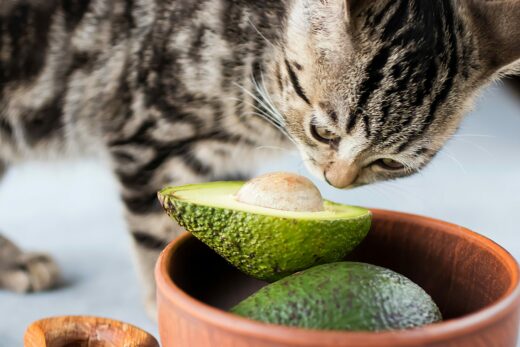What is Xylitol?
Xylitol is a type of carbohydrate, called a sugar alcohol, that occurs naturally in small amounts in many fruits and vegetables. While it looks and tastes like sugar, xylitol has about 40% fewer calories and doesn’t raise blood sugar, so it’s often used as a sweeter alternative. Store-bought xylitol is a fine, white, crystal-like powder.

So, what does xylitol have to do with your dog?
Xylitol & Dogs – A Deadly Combination
Xylitol is poisonous to dogs and poses significant health risks – even when consumed in small doses. According to Ahna Brutlag, DVM, associate director of veterinary services at Pet Poison Helpline, xylitol poisoning is a major problem. Brutlag says ingesting xylitol causes a rapid and massive insulin release in dogs, which will manifest itself outwardly as acute weakness, staggering, and vomiting. “Within 15 to 20 minutes, they might even be comatose,” she adds, and depending on the amount consumed, a dog can also experience liver failure from ingesting xylitol.
The most common signs of xylitol poisoning include:
- Vomiting
- Weakness
- Unsteady/wobbly gait
- Collapse
- Seizures/tremors
- Jaundice (yellowing of the eyes, gums, or skin)
- Bloody stools
- Bruising or bleeding stemming from liver failure
- Neurologic problems caused by the liver failing to remove toxins from the bloodstream
The first signs (typically vomiting and hypoglycemic effects) can develop within 10-15 minutes of ingesting the xylitol. Liver damage may become apparent within 9-12 hours but can take a few days to develop.





